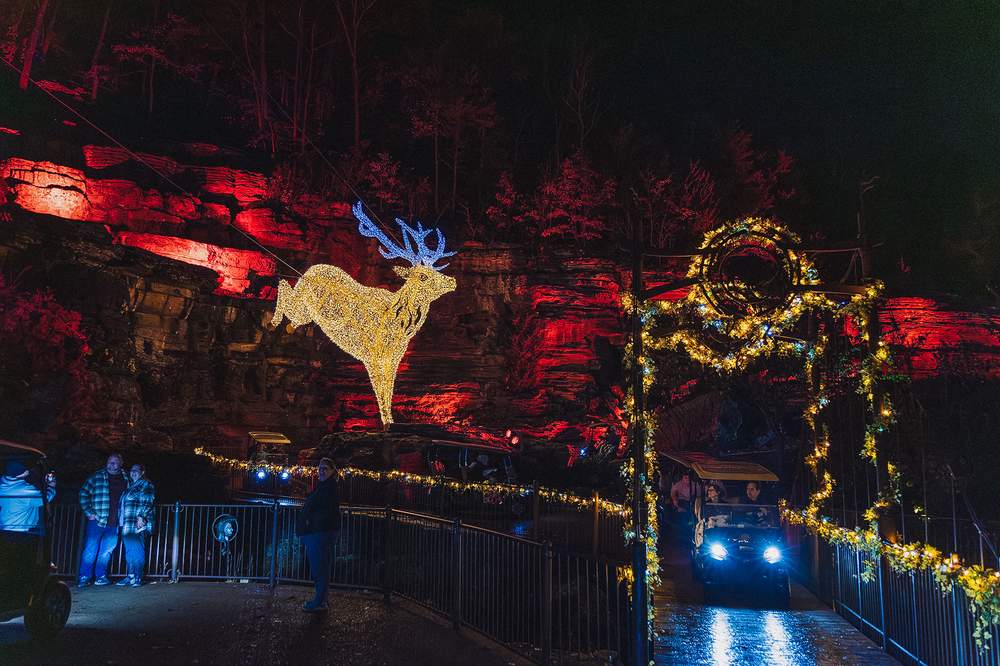There is just something alluring about a glass-windowed dry-aging chamber. From Los Angeles to Manhattan, from Tokyo to London, restaurants offer dry-aged steaks to diners who happily pay premium prices—and for good reason—they taste delectable. So why not dry age your venison?
In 2021, one Las Vegas restaurant, Wally's, served up the 'most expensive steak ever sold'—a $20,000, 195-day, dry-aged, 60-ounce porterhouse from the Brooklyn butcher, Fleisher’s Craft Butchery.
Far from the neon lights and velvet ropes though, hunters sit high in a tree hoping to score a savory meal too—only of the venison variety. But can they (we) have a similar culinary experience? And why are dry-aged steaks commanding astonishing prices in the big cities?
Understanding Dry Aging Meat
Simply put, meat is made up of approximately 75 percent water, and dry aging allows for a certain amount of evaporation of that water. What is left will be concentrated, as will be the taste. However, cuts like filets—unlike New York strips or Ribeyes—are usually not dry-aged for long due to a lack of bone or fat.
The dry-aged beef process is typically between 18 and 35 days. The longer meat is aged, the richer the flavor becomes. Also the longer the aging, the higher the price. The enzymatic reaction that occurs is what makes a dry-aged steak so delicious—and the flavor is king. But stop right there; keep in mind that moisture is drawn out of meat faster in a low-humidity environment, such as the case with most in-home refrigerators, which will cause the meat to become tougher.
In my culinary opinion, aging meat by hanging it in a walk-in cooler is the prime choice (no pun intended), but most of us don’t have that option. However, I have a method that gets us almost there. I have experimented with it for many years, and it works like a charm. It is easy, helps to tenderize the meat, and diminishes the gamey taste.
How To Dry Age Venison
How you take care of your deer from the time you shoot it and recover it right up until it is processed will be reflected in how it tastes (that could be a whole other article). I have been cooking, hunting, and processing my own wild game for a long time, and the moment I shoot a deer, my mind automatically goes into a zone of making sure that meat eventually tastes amazing once I recover it.
With the method I use to dry age my venison, you can quarter a deer immediately and get it on ice in a cooler quickly in the back of your truck and then work on the aging when you get it home.
Before I get into the aging process, I want to address why aging venison or other big game meat is vital to how it will taste after it is cooked or grilled. The moment that an animal’s heart stops pumping blood, rigor mortis begins, which causes a deer to stiffen. If you process the deer during this time, the muscles shorten and contract, which causes the meat to become tough. Therefore, aging helps to tenderize the meat by allowing time for the rigor mortis to run its course in a cooled environment so the meat does not spoil.
Even if you are having someone else process your deer, I hope you consider aging it yourself before you take it in. Some processors offer that service for an upcharge, and if they don’t, and you don’t want to do it yourself, I would encourage you to find one that does. I shudder at the untold thousands of pounds of deer meat that needlessly end up tough every season due to the lack of a simple process.
The Dry-Aging Process
Now let’s dry age that venison (this process works on all big game, wild hog, and yes, even waterfowl). I use a 70-quart roto-molded, heavy polyurethane insulated cooler for aging. Inside the cooler, I've placed old oven racks cut to fit. I place bricks in the bottom, put the rack on top, and then the meat goes on the rack. This keeps the meat from the nasty muck underneath.

Hopefully, you have already field-dressed the deer after you finished taking hero pictures and videos. Time is of the essence. Again, what you do at this point will affect the eventual taste!
Now it’s time to skin the deer. Make sure your cooler is thoroughly clean, and tighten up the drain plug cover. Quarter the deer, and place the quarters on the rack along with the back straps, tenderloins, and any chunks you want for ground meat. Pour a large bag of ice over the meat, and quickly shut the lid.
And Now We Wait
I check on the cooler once a day. Once I notice ice melting, I drag the cooler into my yard or driveway. I have a short two-by-four scrap that I place under the cooler, opposite the drain. I then open the drain plug and allow the liquid to drain until it is just dripping.

I then add new ice onto the meat. Make sure you fill it up to the top but can still close the lid. I repeat this process for seven to 10 days, and only then am I ready to process the deer meat.
Keep in mind that the outside of the meat may whiten some. Don’t be alarmed. I assure you that the inside is perfectly fine…and tender, and properly aged.
I have been using this method for many years and will until a walk-in cooler becomes a reality for me—probably after we finish paying for our three daughters' college tuitions.



